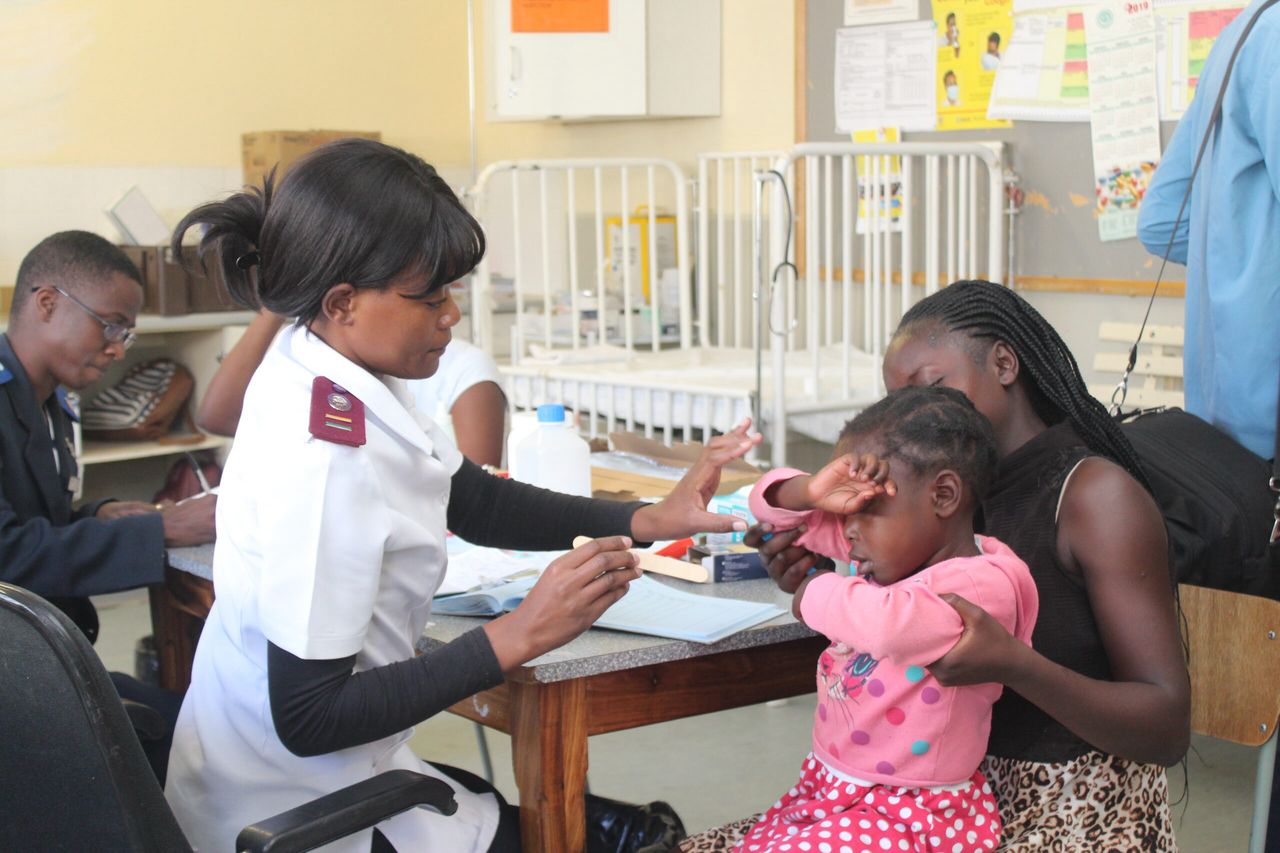This follows a Cabinet approval giving relief to extend the age of second-hand vehicles that can be imported into the country to 12 years from the current eight years.
According to a statement from the Ministry of Industrialisation and Trade on 28 June, the Cabinet approved the importation of second-hand vehicles that are up to 12 years old from the date of manufacture.
“The approval is extended to import age restrictions for non-commercial vehicles up to 12 years from the current capping age limit of eight years, effective for a period of two years,” said the statement issued by Elijah Mukubonda, the chief information officer in the ministry.
He added that the decision was taken to improve industry performance given the prevailing global economic situation and its effect on Namibia”;s economic sectors and industries.
“The ministry will further undertake annual assessments of the global economic situation to observe any improvement that will necessitate the removal of the two-year relief measure,” said the statement.
Economic advisory firm Simonis Storm has warned in the past that the shortage of global chips (semi-conductors) will impact negatively on Namibia”;s vehicle sales growth.
The semi-conductors are mainly imported from Ukraine, but the war with Russia has cut supplies to car manufacturers, leaving them struggling to find enough microprocessors, leading to a cut in global production targets, a position which has affected vehicle imports into Namibia and stock delivery of local vehicles.
“This means vehicle imports into Namibia and stock delivery to local vehicles will continue to be constrained and keep a limit on vehicle sales growth. The local market can still be characterised by demand exceeding supply, indicating that vehicle sales would be higher in the absence of global vehicle manufacturing limitations,” Simonis commented on the situation recently.
One of the most affected industries is the tourism sector that is recovering from the impact of the global Covid-induced lockdowns. Vehicle rental establishments have been struggling to acquire new vehicles to revamp their fleets.
The chief executive of the Hospitality Association of Namibia, Gitta Paetzold, yesterday said while the decision might help to increase the number of vehicles in the country, it will not alleviate the shortage in the tourism industry.
“Tour operators are striving to get the best and latest models of vehicles. So, bringing old vehicles to the sector would not help in enhancing the safety and security of the tourists. It would alienate the tourists instead,” she said.
Werner Januarie, the president of the Namibia Transport and Taxi Union, an organisation that represents the interests of taxi drivers, said this was not a good decision by Cabinet.
“It will put members of the union under pressure. Already, taxi owners are demanding huge targets of N$450 a day from old vehicles and the Cabinet allows the importation of more old vehicles. We want new models to work with,” he said, adding that the country should not allow the importation of cars that are older than five years.
The sale of new cars has over the past months improved, but the supply has been on edge – this has led to many opting for second-hand imported cars, which are normally financed by cash or personal loans.
Economic theory would suggest that this relaxation will push the prices of second-hand vehicles further down, as the market will get flooded.
Namibia last year imported N$3 billion worth of vehicles, both new and second hand.
Email: bottomline@namibian.com.na
Twitter: @Lasarus_A
Stay informed with The Namibian – your source for credible journalism. Get in-depth reporting and opinions for
only N$85 a month. Invest in journalism, invest in democracy –
Subscribe Now!










